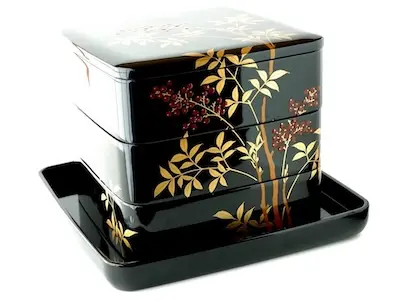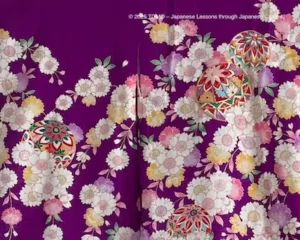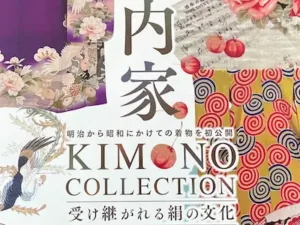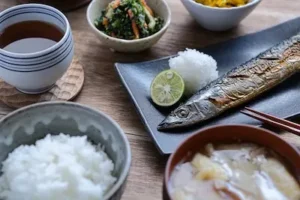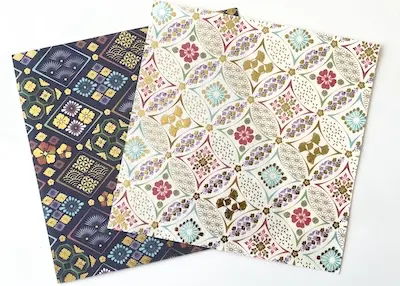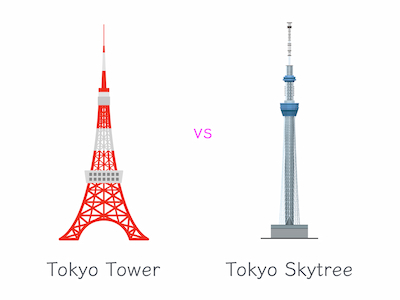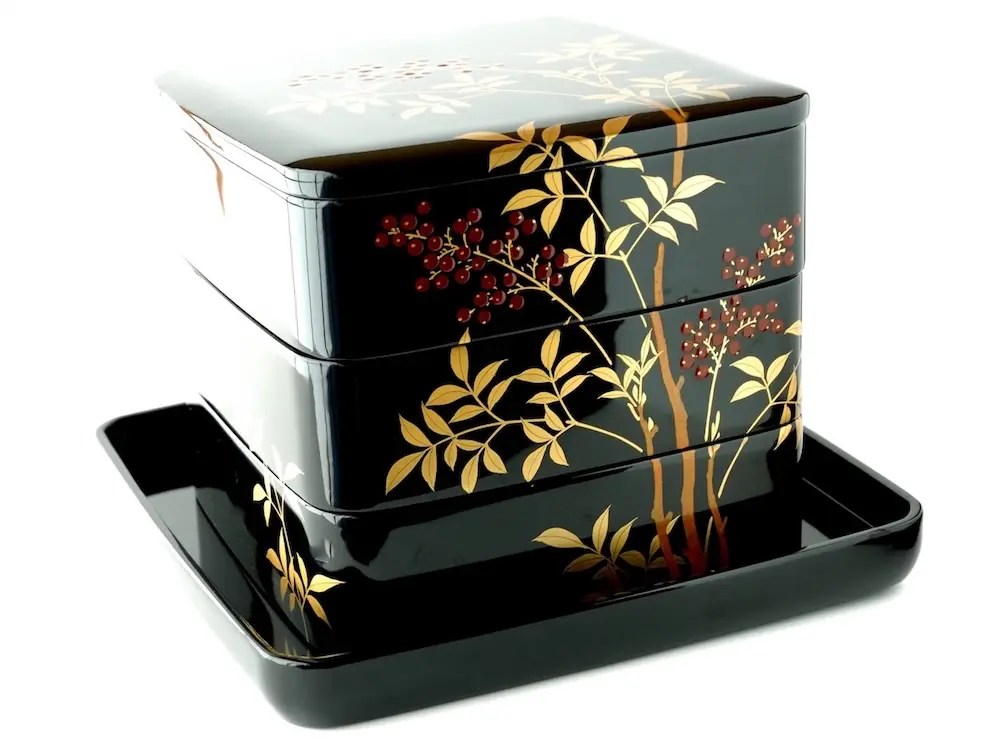
The History, Techniques, and Beauty of Japan’s Traditional Urushi Lacquer
What Is Urushi (漆)?
Urushi (漆:うるし) is a natural lacquer made from the sap of the urushi tree.
In Japan, people have used it for centuries on tableware, furniture, and crafts.
The act of applying urushi is called urushi-nuri (漆塗り:うるしぬり).
And items finished with this technique are known as shikki (漆器:しっき).
When artisans apply urushi in many layers, it creates a deep, glossy shine.
It also adds great durability. Moreover, urushi is resistant to heat and humidity, and it even has antibacterial properties.
Therefore, shikki is both practical and artistic. And it remains one of Japan’s most iconic traditional crafts.
History of Urushi (漆)
Jomon Period (縄文時代)
The use of urushi (漆:うるし) goes back about 9,000 years to the Jomon Period (縄文時代).
Archaeological finds show traces of urushi on pottery, combs, and ornaments.
And Japan is one of the world’s oldest cultures with a tradition of urushi.
Nara and Heian Periods (奈良・平安時代)
With the arrival of Buddhism, urushi (漆:うるし) spread to temples and Buddhist statues.
During the Heian Period (平安時代), urushi crafts developed within the refined court culture.
And artisans began using techniques such as maki-e (蒔絵:まきえ) and raden (螺鈿:らでん).
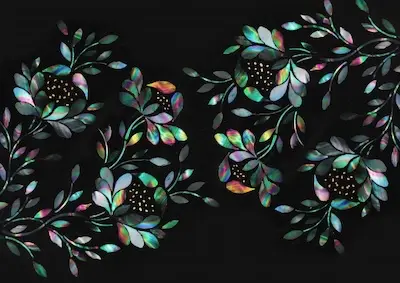
Raden means decorating with the shining part of seashells.
Craftsmen cut the shell thinly and attach it to urushi or lacquerware.
When light hits it, it shines beautifully and adds brilliance to the design.
Azuchi–Momoyama Period (安土桃山時代)
In this period, artisans produced many luxurious lacquerwares with maki-e (蒔絵:まきえ) and gold leaf.
Through trade with Europe, known as the Nanban trade (南蛮貿易), these works were exported overseas.
As a result, Japanese urushi (漆:うるし) crafts gained high recognition in Europe.
Edo Period (江戸時代)
During the Edo Period (江戸時代), urushi (漆:うるし) spread not only among samurai and merchants but also among ordinary people.
Artisans produced bowls, stacked boxes, and other practical tableware.
Thus, urushi became part of daily culture, combining usefulness with beauty.
Meiji Era (明治時代)
After the Meiji Era (明治時代), Japanese urushi (漆:うるし) crafts gained recognition both in Japan and abroad.
They were valued not only as everyday tableware but also as furnishings in inns and hotels.
Thus, urushi became a symbol of both tradition and elegance.
Modern Times (現代)
In modern times, new materials such as plastic and stainless steel became common.
As a result, the demand for shikki (漆器, しっき) declined.
Yet, the value of urushi is being rediscovered.
Today, new products such as urushi bento boxes (漆弁当箱:うるしべんとうばこ) and urushi accessories are appearing.
They fit modern lifestyles, and urushi (漆:うるし) is gaining new popularity, especially among younger generations.
Therefore, shikki (漆器:しっき) continues to serve as a bridge between tradition and contemporary living.
Famous Types of Shikki (代表的な漆器)
Kiso Shikki (木曽漆器, Nagano)
Kiso Shikki (木曽漆器:きそしっき) is a traditional craft from the Kiso region of Nagano.
It uses high-quality Kiso cypress (檜:hinoki) to create durable pieces that last for generations.
The style is simple and calm, and it grows a deeper gloss with use.
Kiso Shikki is loved not only as everyday tableware but also as elegant furnishings in inns and hotels.
Wajima-nuri (輪島塗, Ishikawa)
Wajima-nuri (輪島塗:わじまぬり) is one of Japan’s most famous types of urushi (漆:うるし) lacquerware.
It is produced in Wajima City, Ishikawa.
Its base uses diatomaceous earth (keisodo:けいそうど) for extra strength.
It is then decorated with luxurious maki-e (蒔絵:まきえ) and chinkin (沈金:ちんきん) techniques.
Because it combines durability with elegance, Wajima-nuri is highly respected.
It is recognized as a Traditional Craft of Japan and is also listed as an Important Intangible Cultural Property.
Aizu-nuri (会津塗, Fukushima)
Aizu-nuri (会津塗:あいづぬり) comes from the Aizu region in Fukushima.
It is known for its strong and beautiful lacquerware, often decorated with unique Aizu-e (会津絵:あいづえ) designs.
Motifs such as pine, bamboo, plum, cranes, and turtles are painted in gold or colored urushi.
The refined and festive designs make Aizu-nuri popular as gifts and as prestigious furnishings.
The Charm of Urushi Bento Boxes (漆弁当箱:うるしべんとうばこ)
Urushi bento boxes (漆弁当箱:うるしべんとうばこ) are crafted with traditional Japanese Urushi ware (漆器:しっき) techniques.
They are light yet durable, and they resist heat and humidity.
The layered Urushi (漆:うるし) creates a deep, glossy shine. And the more you use it, the more it feels comfortable in your hand.
Urushi also has natural antibacterial properties. So you can pack food with confidence.
In addition, the designs are elegant and luxurious. They are perfect not only for daily meals but also as gifts.
An Urushi bento box (漆弁当箱:うるしべんとうばこ) is a fine example of how traditional craft can offer both beauty and function in modern life.
Conclusion
Urushi (漆:うるし) is a traditional material nurtured in Japan’s nature and culture.
Since the Jomon period (縄文時代:じょうもんじだい), Shikki (漆器:しっき) has been valued for both beauty and practicality.
Famous styles such as Kiso Shikki (木曽漆器:きそしっき), Wajima-nuri (輪島塗:わじまぬり), and Aizu-nuri (会津塗:あいづぬり) each show unique techniques and elegance.
Today, Urushi bento boxes (漆弁当箱:うるしべんとうばこ) combine traditional beauty with modern use.
Their deepening gloss and durability make them loved for daily life.
Urushi Shikki (漆器:しっき) is a living art that connects Japan’s past and present.
This is an article on Japanese Bento Culture (日本のお弁当文化).
It’s recommended for those who want to learn about the history and culture of Japanese bento.
Japanese of the Day / 今日の日本語
- Word:うるし(Urushi ) – Lacquer
- Meaning:Urushi is a natural resin from the lacquer tree. It creates a glossy, durable, and water-resistant finish.
- Example:このお弁当箱は漆でできています。(Kono obentōbako wa urushi de dekiteimasu.)
This bento box is made with urushi. - Fun Fact:Urushi has natural antibacterial properties.
It has been used in Japan for centuries to keep food safe.
◆ Would you like to talk about Japanese culture? ◆
In the Culture Course, you can learn to speak about Japanese culture with me.
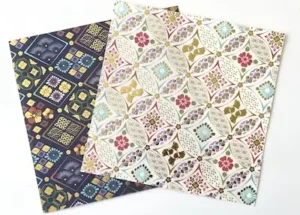
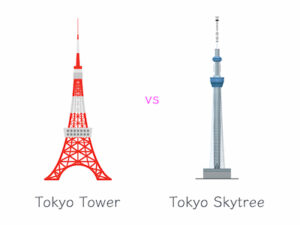
漆とは?
漆(うるし)は、ウルシの木から採れる樹液を原料とする天然の塗料です。
日本では古くから器や家具に使われてきました。
漆を塗ることを「漆塗り(うるしぬり)」と呼び、その技法で仕上げられた器や工芸品を「漆器(しっき)」といいます。
漆は塗り重ねることで、深みのある光沢と高い耐久性を生み出します。
さらに、湿気や熱に強く、抗菌性もあるため、長く美しさを保てるのが特徴です。
漆器は実用性と芸術性を兼ね備えた、日本を代表する伝統工芸です。
漆の歴史
縄文時代
漆の使用は約9000年前の縄文時代にさかのぼります。
土器や櫛、装身具に漆が塗られた痕跡が残っています。日本は世界でも最古の漆文化を持つ国のひとつです。
奈良・平安時代
仏教の伝来とともに、漆は寺院や仏像の装飾に広がりました。
平安時代には、宮廷文化の中で漆工芸が発展し、美しい蒔絵や螺鈿(らでん)の技法も用いられるようになります。
螺鈿とは、貝殻の光る部分を薄く切り、漆や器に貼り付けて模様にする装飾です。
光にあたると美しく輝き、華やかさを加えることができます。
安土桃山時代
豪華な蒔絵や金箔を使った漆器が多く作られました。
南蛮貿易を通じて海外にも輸出され、日本の漆工芸はヨーロッパでも高く評価されました。
江戸時代
漆器は武士や商人だけでなく庶民の生活にも普及しました。
お椀や重箱など、日常で使える器が広く生産されました。漆は実用性と美しさを兼ね備えた生活文化の一部となります。
現代
明治時代以降、日本の漆器は国内外で高く評価されました。日常用の器だけでなく、旅館やホテルの調度品としても使われるようになりました。しかし、現代ではプラスチックやステンレスなどの素材が普及し、漆器の需要は減少傾向にあります。
しかし、職人の努力だけでなく、伝統を守ろうとする人たちの努力により、漆器の価値が再評価されています。
漆弁当箱や漆製のアクセサリーなど、現代のライフスタイルに合わせた製品も登場しています。
若い世代を中心に人気を集めており、伝統と現代の暮らしをつなぐ存在となっています。
代表的な漆器
木曽漆器(長野県)
木曽漆器は、長野県木曽地方で受け継がれてきた伝統工芸です。
良質な木曽ヒノキを用い、堅牢で長く使える器を仕上げます。
シンプルで落ち着いた美しさがあり、使うほどに深い艶が増します。
日常の器として親しまれるだけでなく、旅館やホテルの高級調度品としても用いられています。
輪島塗(石川県)
輪島塗は、石川県輪島市で作られる日本を代表する漆器です。
下地に珪藻土を混ぜて強度を高め、蒔絵や沈金で華やかな装飾を施します。
堅牢さと美しさを兼ね備えた格式高い漆器として評価され、国の伝統的工芸品に指定され、重要無形文化財にも登録されています。
会津塗(福島県)
会津塗は、福島県会津地方で作られる漆器です。堅牢で美しい器が多く、会津絵と呼ばれる独自の装飾が特徴です。
松竹梅や鶴亀など、縁起の良い模様が金や色漆で描かれます。
華やかで品格のある意匠は、贈答品や高級調度品としても人気です。
漆弁当箱の魅力
漆弁当箱は、伝統的な漆器の技法で作られた弁当箱です。
軽くて丈夫で、熱や湿気に強いのが特徴です。
塗り重ねられた漆が美しい光沢を生み、使うほどに手に馴染みます。
また、漆には抗菌性があり、食品を安心して入れられます。
デザインも華やかで高級感があり、日常の食卓はもちろん、贈答用としても喜ばれる漆器です。
伝統技法を活かした漆弁当箱は、機能性と美しさを兼ね備えた現代の漆の代表例といえます。
まとめ
漆は、日本の自然と文化の中で育まれた伝統的な素材です。
縄文時代から現代に至るまで、漆器は実用性と美しさを兼ね備えた工芸品として受け継がれてきました。
木曽漆器、輪島塗、会津塗などの代表的な漆器は、それぞれ独自の技法と美しさを持ち、高級感あふれる製品として今も人々に愛されています。
特に最近では漆弁当箱は、伝統技法の美しさと現代の暮らしに合わせた実用性を両立させた逸品です。
使うたびに深まる艶と手触り、そして安全性や耐久性の高さは、長く愛用できる魅力です。
伝統を守ろうとする人々の努力により、漆は現代でも再評価され続けています。
そして、漆器は、過去と現在をつなぐ、日本の暮らしに息づく美しい工芸品です。
「Japanese Bento Culture(日本のお弁当文化)」の記事です。
お弁当の歴史や文化を知りたい方におすすめです。

